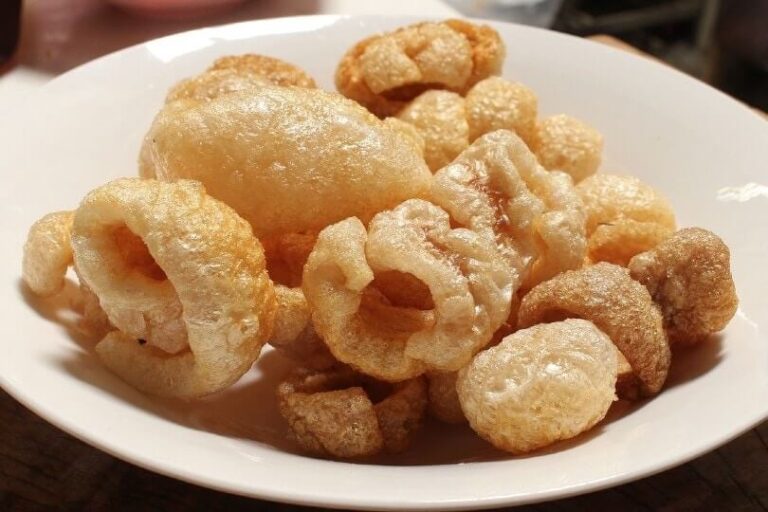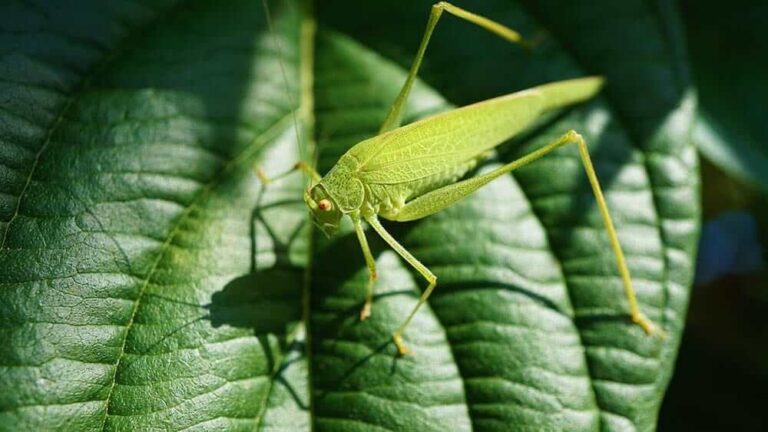Caring for Your Frug Dog: A Guide to the Frenchie Pug Breed
When it comes to the Frug dog breed, also known as the Frenchie Pug, there’s a lot to love about these unique and charming canines. From their adorable appearance to their friendly temperament, Frugs make wonderful companions for individuals, families, and seniors alike. Let’s delve into what it takes to care for these delightful dogs and what sets them apart from other breeds.
Contents
Size and Lifespan:
Frugs typically weigh between 15 and 30 pounds and stand 13 to 15 inches tall. Despite their small stature, they boast a remarkable lifespan of 12 to 15 years. This longevity is a testament to their solid health and sturdy constitution, making them steadfast companions for many years to come.
Temperament:
Frugs are renowned for their smart, social, and playful nature. They thrive on interaction with their human families and enjoy spending quality time with both adults and children. Their inquisitive demeanour and affectionate personality make them a joy to be around, and they’re known for their ability to adapt well to various living environments.
Health Considerations:
Like all dog breeds, Frugs may inherit health issues from their parent breeds, including glaucoma, allergies, hip dysplasia, and breathing difficulties. However, with proper care and regular veterinary check-ups, these concerns can be managed effectively. Maintaining a balanced diet, providing regular exercise, and keeping up with grooming needs are essential for ensuring your Frug’s overall well-being.
Dietary Needs:
Feeding your Frug a high-quality diet is crucial for their health and vitality. Aim for a diet rich in whole, natural ingredients and avoid artificial additives and byproducts. Depending on their size and activity level, Frugs typically require 1½ to 2 cups of dry dog food per day, divided into two meals. Please consult with your veterinarian to determine the best feeding regimen for your furry friend and monitor their weight to prevent obesity.
Family Compatibility:
Frugs are incredibly adaptable dogs that fit well into various family dynamics. Whether you’re a single individual, a senior looking for companionship, or a family with children and other pets, Frugs can thrive in any household setting. Their friendly disposition and affectionate nature make them excellent companions for people of all ages, and they’re known for their gentle demeanour around children.
Trainability:
Training a Frug requires patience and consistency, as they can be somewhat stubborn at times. However, with positive reinforcement techniques and early socialization, Frugs can excel in obedience training and learn a variety of tricks and commands. Establishing yourself as the pack leader and providing plenty of praise and rewards for good behaviour is key to successfully training your Frug.
Conclusion
In conclusion, Frugs are lovable and loyal companions that bring joy and laughter to any household. By understanding their unique characteristics and meeting their care requirements, you can ensure a fulfilling and happy life for your Frenchie Pug. With proper nutrition, regular exercise, and plenty of love and attention, your Frug will be a cherished member of your family for years to come.
Related: Pomsky Dog Breed
FAQs about the Frug Dog Breed
1. What is a Frug?
A Frug is a hybrid dog breed resulting from the crossbreeding of a Pug and a French Bulldog. Also known as the Frenchie Pug, they inherit traits from both parent breeds.
2. What is the average size of a frog?
Frugs typically weigh between 15 and 30 pounds and stand 13 to 15 inches tall at the shoulder. They are considered small to medium-sized dogs.
3. What is the temperament of Frugs like?
Frugs are known for their smart, social, and playful nature. They are affectionate companions who enjoy spending time with their human families and get along well with children and other pets.
4. What are the common health concerns for Frugs?
Due to their hybrid nature, Frugs may inherit health issues from their parent breeds. Common health concerns include glaucoma, allergies, hip dysplasia, breathing difficulties, and patellar luxation.
5. How long do Frugs typically live?
Frugs have a lifespan of 12 to 15 years on average. With proper care, nutrition, and regular veterinary check-ups, they can enjoy a long and healthy life.
6. What are the dietary needs of frogs?
Frugs require a balanced diet consisting of high-quality dog food that is rich in nutrients. Feeding them 1½ to 2 cups of dry dog food per day, divided into two meals, is recommended. Consult with a veterinarian for specific dietary recommendations.
7. Are Frugs suitable for families with children?
Yes, Frugs make excellent family pets and get along well with children. They are known for their gentle and affectionate nature, making them ideal companions for families of all sizes.
8. Do Frugs require a lot of exercise?
Frugs are moderately active dogs and require daily exercise to stay healthy and happy. They enjoy short walks, playtime in the yard, and interactive games with their owners.
9. Are Frugs easy to train?
Training a Frug requires patience and consistency, as they can be somewhat stubborn. However, with positive reinforcement techniques and early socialization, they can be taught effectively.
10. Do Frugs shed a lot?
Frugs have short, smooth coats that do not shed excessively. Regular grooming, including brushing and occasional bathing, helps keep their coat clean and healthy.
- Golden Retriever Pros and Cons: What Every Pet Parent Should Know - 15 September 2025
- Cane Corso Dog Breed: Health, Care, and Lifespan - 14 September 2025
- Catahoula Leopard Dogs: Description, Temperament, Lifespan, & Facts - 21 July 2025







